I Bit My Tongue...
Ouch! Treatments and remedies for a bitten tongue.

Fun Facts About the Tongue
The tongue is a muscular organ that can move in any direction. The tongue's anatomy consists of:
- Eight different muscles that are interwoven and of the most flexible muscles in your body
- Tiny nodes (papillae) on top of the tongue which contain the taste buds and serous glands; The five basic taste buds are sweet, sour, salty, bitter, and umami; Serous glands secrete some of the fluid found in saliva
- 3,000 to 10,000 taste buds, which will die and get replaced a couple of times a month
- A frenulum - a thin membranous tissue that attaches your tongue to the floor of the mouth
- Sublingual caruncles, which are bumps on each side of the frenulum that secrete saliva
- The length of a tongue can range between 3.1 inches to 3.3
The tongue serves multiple functions:
- Tasting the food with its taste buds
- Articulating speech by shaping sounds into words
- Digestion muscles in the tongue move food around the mouth while you chew, propelling chewed food into the esophagus, which leads the food down to the stomach for digestion
- Latching during breastfeeding
Keeping Your Tongue Clean
Issues with your overall health can show up on your tongue. A healthy tongue is typically moist, pink, slightly shiny and white in appearance. An unhealthy tongue can be discolored, hairy, difficult to move and taste, or produce an unpleasant odor. Therefore, it is important to keep the tongue clean by:
- Brushing it daily
- Using a tongue scraper to reach the base of your tongues crevices
- Scheduling regular exams
The tongue harbors over 300 strains of bacteria in combination with food and drink debris. This creates a thin coating on the tongue that will contribute to bad breath, inflammation, and increase the risk to tooth decay.
How to Treat a Bitten Tongue at Home
It is common to accidentally bite the tongue while talking, chewing, doing a physical activity such as sports, or during an accident. In most cases, the incident is not an emergency and can be treated at home by:
- Taking over the counter pain medication
- Rinsing your mouth with water to better see the injury
- Stopping any bleeding by applying a gauze or cloth with pressure to the site
- If there is swelling, place ice or a cold pack wrapped in a thin cloth to the outside of the lips or mouth.
Seek immediate medical attention if your bitten tongue:
- Is accompanied by a fever
- Is visibly deformed or has a large cut
- Swollen
- Bleeds excessively
- Has pus
- Inability to swallow or spit
- Intolerable pain
- Trouble breathing
While your tongue is healing:
- Eat soft foods and avoid spicy foods
- Apply a cold compress to the injured area for five minutes - do this a few times a day.
- Suck on an ice or popsicle
- Rinse your mouth with warm salt water solution to keep the injury site clean (1teaspoon of salt in 8 ounces of warm water)
It is also possible to bite the lips and cheeks when you bite your tongue. Treatment for these areas is the same as for the tongue.






